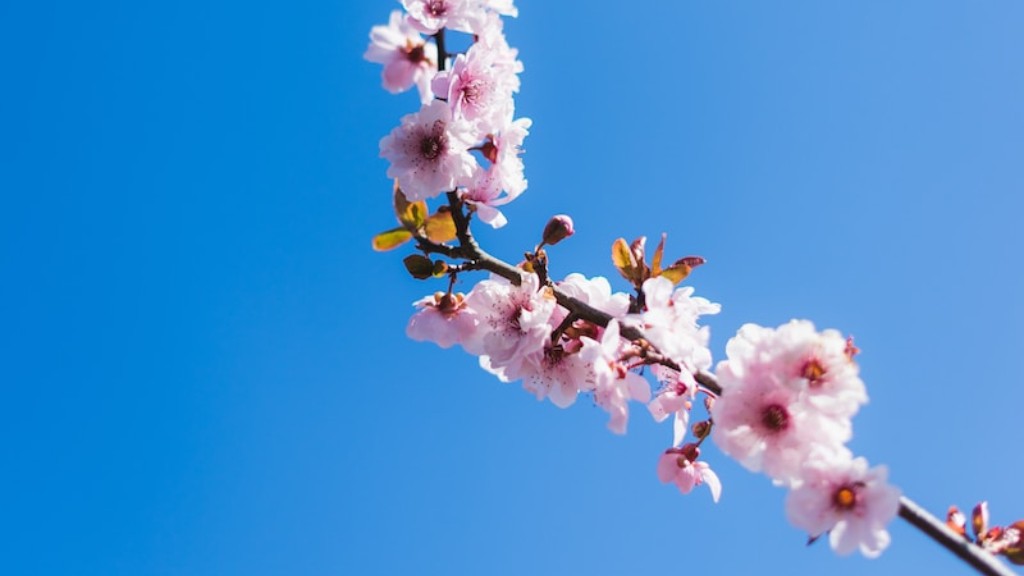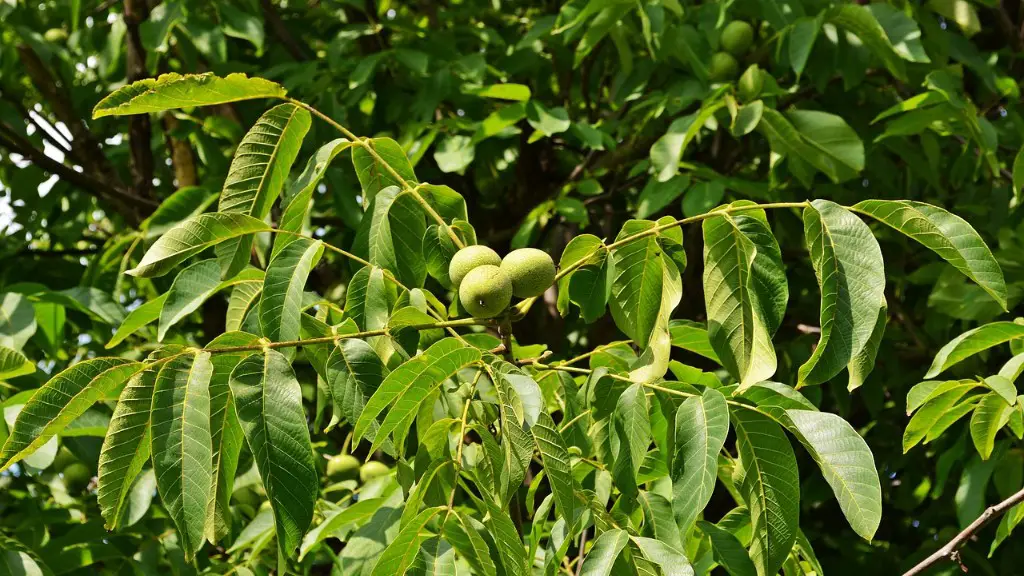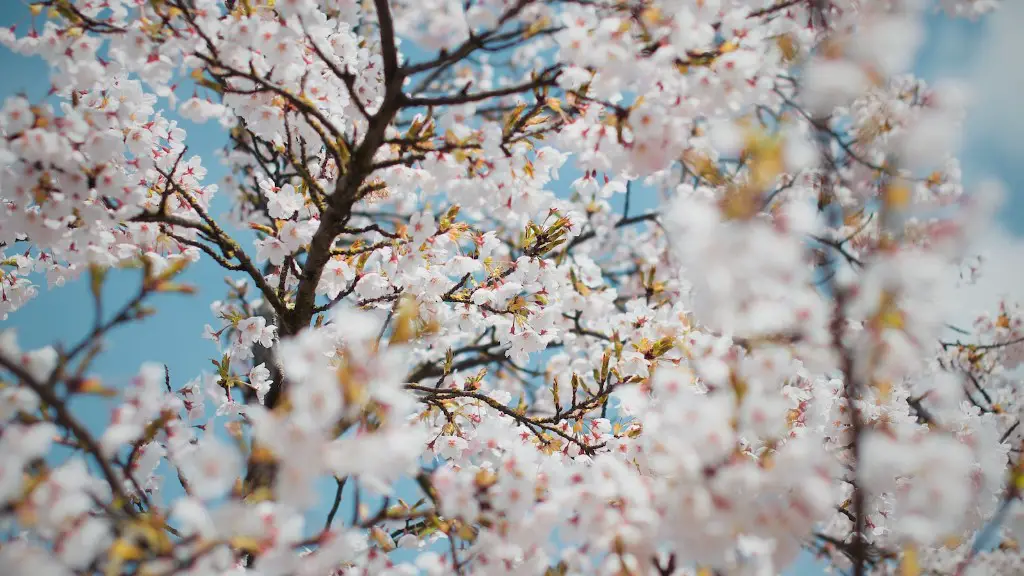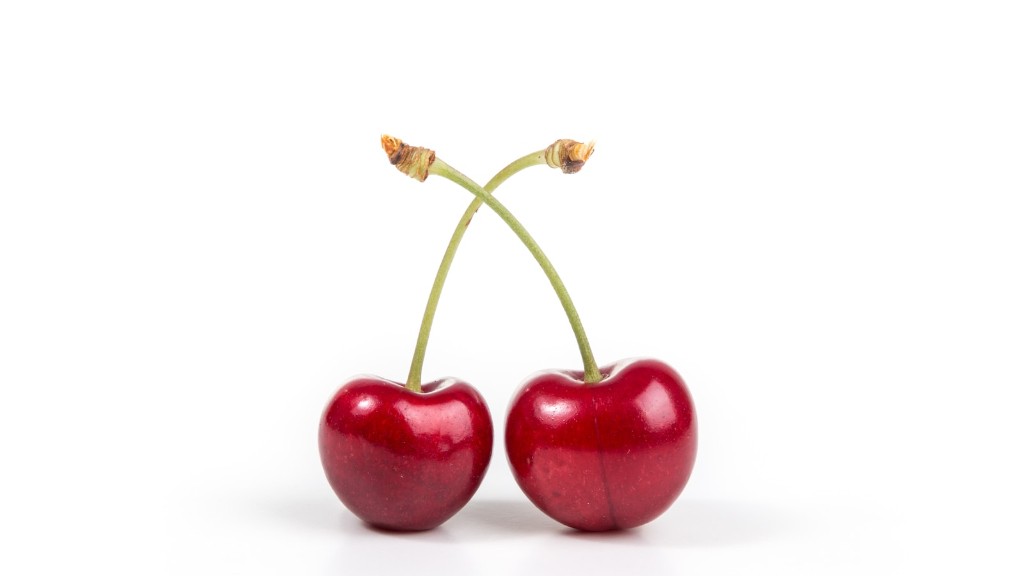Japanese cherry trees, also known as sakura, are a beloved and iconic symbol of Japan. The trees are widely cultivated for their spectacular display of beautiful pink and white blooms in early spring and are a popular sight in many gardens around the world. Pruning the trees at the right time is essential for promoting healthy growth and maintaining their graceful shape, and there are a few important things to consider when deciding when is the best time to prune a Japanese cherry tree.
Most experts agree that the best time to prune a Japanese cherry tree is in late winter just before the onset of new growth. Pruning in late winter reduces damage to the tree’s bark by avoiding the more active growing periods in the summer months and allows the cuts to be made before the new shoots emerge. Late winter is also a good time to prune as the tree will be more easily visible, making the pruning job a bit easier. This is particularly important for the thin, delicate branches of a Japanese cherry tree.
When pruning, it is important to remember that the goal is to maintain the tree’s natural shape and size. Pruning too much can lead to a misshapen tree with poor air circulation, which can make the tree more susceptible to disease and pest infestations. Pruning should also be done carefully to avoid scarring the bark, which can leave the tree vulnerable to infection. Japanese cherry trees should be pruned every two to three years, however more frequent pruning may be necessary depending on the tree’s size and shape.
In addition to the general pruning guidelines, there are a few considerations to keep in mind when pruning a Japanese cherry tree. Firstly, the tree should be pruned in such a way that the branches flow in and out, forming an overall dome shape. This allows for good air circulation and will help the tree to remain strong and healthy. Secondly, any branches that cross over or rub against each other should be removed to avoid breakage or disease. Finally, avoid pruning too far back into the tree as this may create an imbalance in the shape and size of the tree.
Overall, pruning a Japanese cherry tree is essential for the health of the tree and for the desired results in bloom. Pruning at the right time will help promote healthy growth and ensure the graceful shape and beauty of the tree is maintained over the coming years. Taking these simple steps will help ensure that your Japanese cherry tree is a treasured showpiece in your garden for many years to come.
When to Fertilize Japanese Cherry Trees
Fertilizing a Japanese cherry tree is an important part of its maintenance and should be done at the right time of the year to ensure the best results. Fertilizing should ideally be done in late winter, just before the buds begin to appear. This timing allows the Japanese cherry tree to take up more of the nutrients and minerals it needs to grow and thrive throughout the season. Additionally, using fertilizer when the soil is still cool and moist increases efficiency and reduces the risk of runoff.
When choosing a fertilizer for your Japanese cherry tree, look for a balanced fertilizer that is specially formulated for trees and shrubs. A balanced fertilizer contains equal amounts of products such as nitrogen, phosphorus and potassium and should be spread evenly across the soil beneath the tree’s canopy. For larger trees, a slow-release fertilizer can be used to allow a consistent feeding of the tree over time. It is also important to keep an eye out for any signs of yellowing or discolouration in the leaves, as this could be a sign of over-fertilization.
In addition to fertilizing, be sure to water your Japanese cherry trees regularly to keep them hydrated and healthy. Watering should be done in the morning or evening when the temperatures are cooler to reduce evaporation. During periods of extreme heat or drought, additional water may be needed for the tree to thrive. In general, it is best to check the soil around the tree occasionally to make sure it is adequately moist.
Fertilizing and watering your Japanese cherry tree regularly will help ensure it remains healthy and produces the vibrant pink and white blooms that make it such a beloved sight. Be sure to use the right products at the right time of year and your tree will be a delight each spring.
Japanese Cherry Tree Pruning Tips
Pruning Japanese cherry trees is a delicate process that requires patience, skill and knowledge. Pruning incorrectly can cause damage to the tree and even lead to its death, so taking the time to learn the proper techniques beforehand is essential. Here are some tips to keep in mind when pruning your Japanese cherry tree.
Firstly, use sharp and sterilized tools for best results. Dull tools can cause damage to the tree that can take a long time to heal. Also, old and rusty tools can spread diseases and pathogens, so it is important to sterilize them before using. Secondly, take care to make clean and precise cuts. This helps to prevent the spread of diseases and allows the plant to heal quickly and efficiently. Finally, remember to use an appropriate pruning method for the size and shape of the tree. Cuts should be made carefully, starting with the large branches first, and then on to the smaller branches.
Pruning Japanese cherry trees is an important part of their maintenance. Doing it correctly will help ensure the tree remains healthy, vigorous and beautiful and will prevent unnecessary damage or stress to the tree. With a bit of patience and the right tools and techniques, you can keep your Japanese cherry tree looking its best and producing an abundance of beautiful blossoms.
Preventing Pest Infestations in Japanese Cherry Trees
Pest infestations can be a major problem for Japanese cherry trees and can quickly lead to severe damage and even death of the tree. Taking steps to prevent infestations is essential for their health and vigour and can be achieved with the help of a few simple techniques.
Regular inspection of the tree is the best first line of defense against any pest infestations. Check the branches and leaves for any signs of insects or diseases, as well as areas of discolouration or dieback. If you notice any unusual activity or signs of damage, take steps quickly to treat the tree. Secondly, make sure your tree is getting enough water to stay hydrated and healthy. Stressed or weakened trees are more vulnerable to pests and disease, so it is important to ensure they are adequately watered.
In addition to these preventative measures, you can also use pest repellents to keep the tree free of unwanted pests. There are a number of natural and synthetic sprays and powders that can be used to help control and prevent pests, however it is important to read the instructions and apply the products carefully to ensure they are used properly. Additionally, you can use beneficial insects, such as ladybugs and lacewings, to attack the pests and keep the tree pesticide-free.
Taking the time to prevent pest infestations is essential for keeping your Japanese cherry tree healthy and looking its best. Regular inspection and the use of preventative measures and pest repellents can help to ensure a happy and healthy tree for years to come.
Best Locations for Planting Japanese Cherry Trees
When deciding where to plant your Japanese cherry tree, there are a few important considerations to keep in mind. Firstly, location is critical for ensuring the tree gets adequate sunlight and is far enough away from buildings and structures to ensure that the roots have enough space to grow. Japanese cherry trees prefer full sun, so be sure to choose an area that gets at least 6 hours of direct sunlight per day. Additionally, the tree should be planted in an area with soil that is well-draining, fertile and not prone to flooding.
When planting the tree, the root ball should be placed at the same level it was in the pot. Care should be taken to firm the soil around the tree’s base to ensure it is securely seated. A good layer of mulch or compost can also be added to help maintain soil moisture and keep the roots cool in summer. Be sure to also provide a stake (if necessary) to support the tree and discourage wind damage.
Choosing the right location is crucial for ensuring the success of your Japanese cherry tree. With a bit of care and the right conditions, you can ensure your tree has the best chance of thriving and providing a beautiful show of blossoms each spring.





